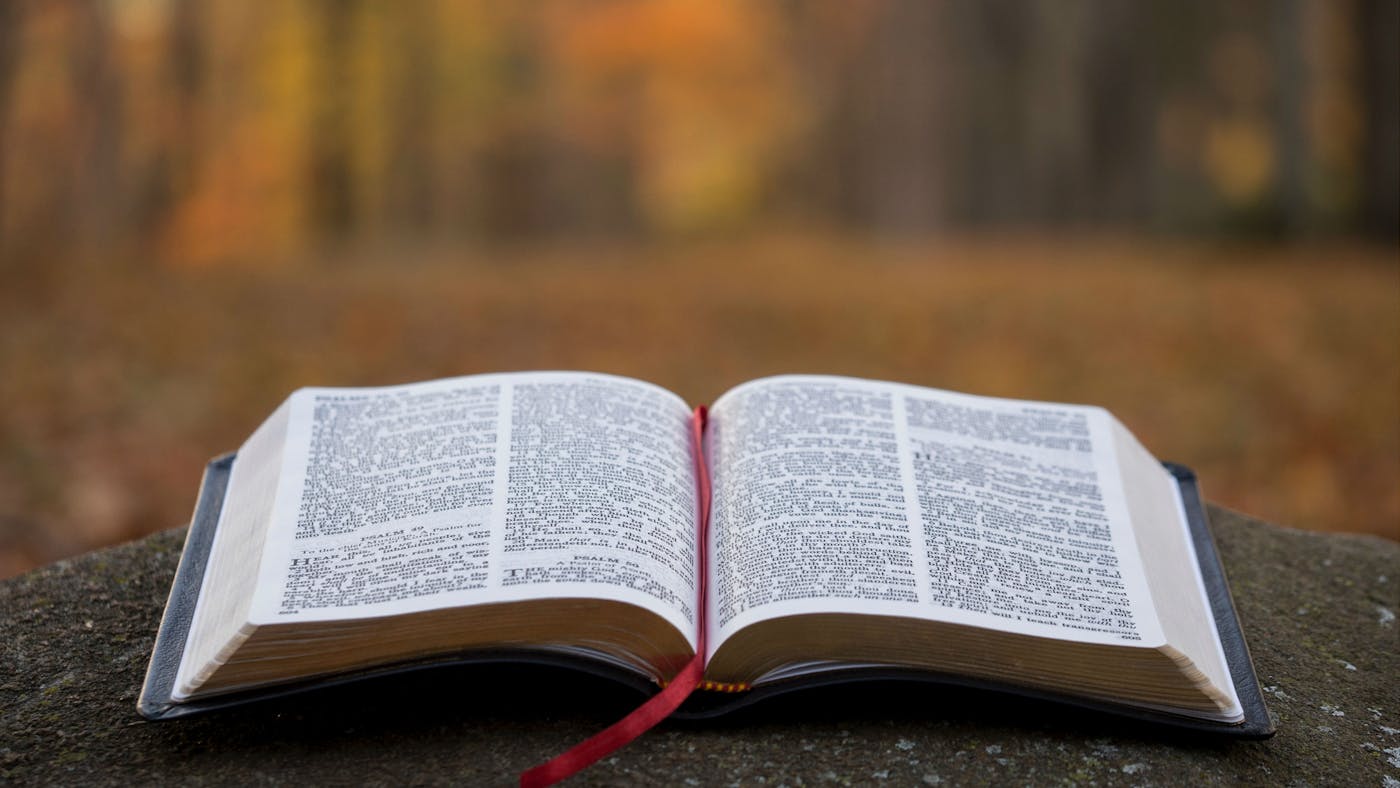
WHY WE PRAY TO SAINTS
The Catholic Church always has taught that a Christian can worship only God, Father, Son and Holy Spirit. No creature, no matter how good or beautiful--no angel, no saint, not even the Virgin Mary--deserves adoration.This is the teaching of the creeds (Apostles' Creed: "I believe in one God"; Nicene Creed: "We believe in one God") and the catechisms (Baltimore Catechism, question 199: "By the first commandment we are commanded to offer to God alone the supreme worship that is due him") and the Church councils (Nicaea, in 325; Rome in 382; Toledo in 675; Lateran IV in 1215; Lyons in 1274; Florence in 1442; Trent from 1545-1563; Vatican I from 1869-1870).
The Catholic Church condemns polytheism and idolatry alike. Pope Dionysius condemned the division of the one God into three gods, for there can be only one God, not three (Letter to Dionysius of Alexandria, A.D. 260). Pope Damasus I condemned the worship of other gods, angels, or archangels, even when God gave them the name of "god" in the Bible (Tome of Damasus, approved at the Council of Rome, 382).
John Damascene's Apologetic Sermons Against Those Who Reject Sacred Images gives an authentic presentation of the Catholic attitude towards statues and pictures of Mary and the saints: "If we were making images of men and thought them gods and adored them as gods, certainly we would be impious. But we do not do any of these things."
The Baltimore Catechism, question 223, confirms this by teaching: "We do not pray to the crucifix or to the images and relics of the saints, but to the persons they represent."
Catholic doctrine absolutely rejects the worship of anyone but God and rejects all worship of statues, whether of Christ or the saints. What the Church does allow is praying to the saints in order to ask for their intercession with the one true God. The Church also allows one to make statues to remind a person of Christ or the saint:
"Further, the images of Christ, of the Virgin Mother of God, and of the other saints are to be kept with honor in places of worship especially; and to them due honor and veneration is to be paid--not because it is believed that there is any divinity or power intrinsic to them for which they are reverenced, nor because it is from them that something is sought, nor that a blind trust is to be attached to images as it once was by the Gentiles who placed their hope in idols (Ps. 135:15ff); but because the honor which is shown to them is referred to the prototypes which they represent.
"Thus it follows that through these images, which we kiss and before which we kneel and uncover our heads, we are adoring Christ and venerating the saints whose likenesses these images bear" (Council of Trent, Session XXV, Decree 2).
Please use the share button to inspire others by sharing with them. God bless you as you share to inspire others.























